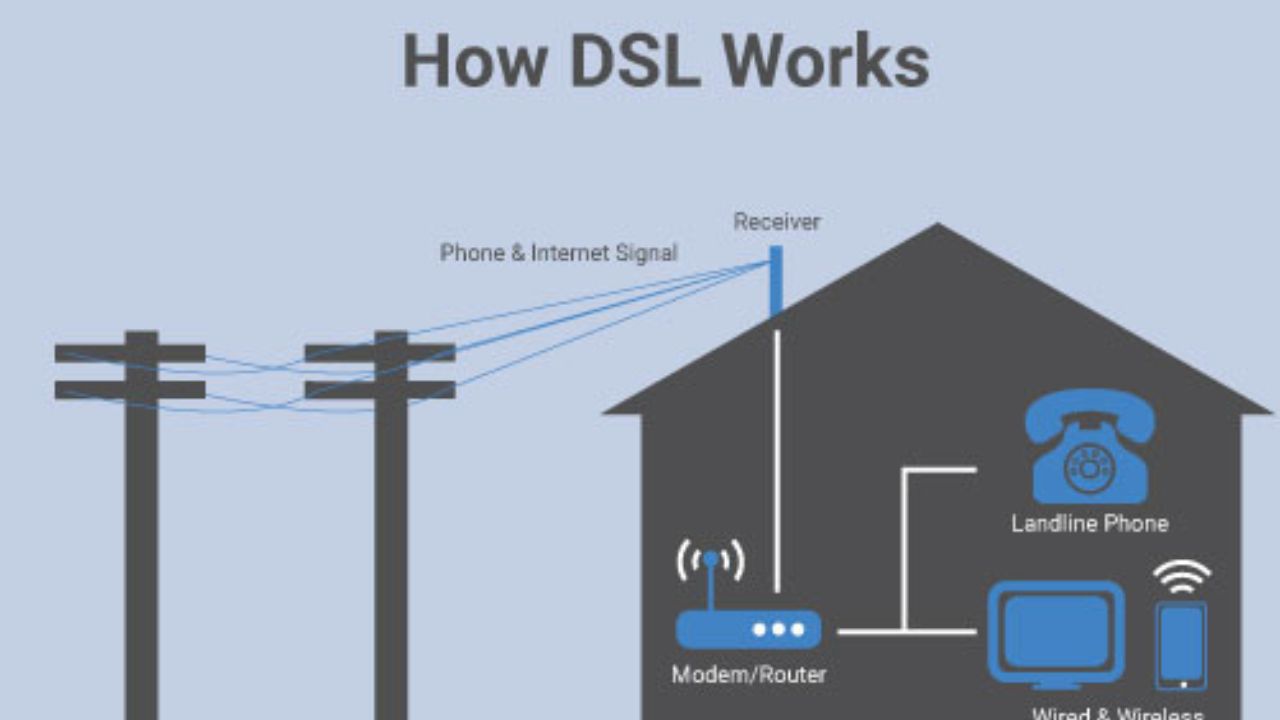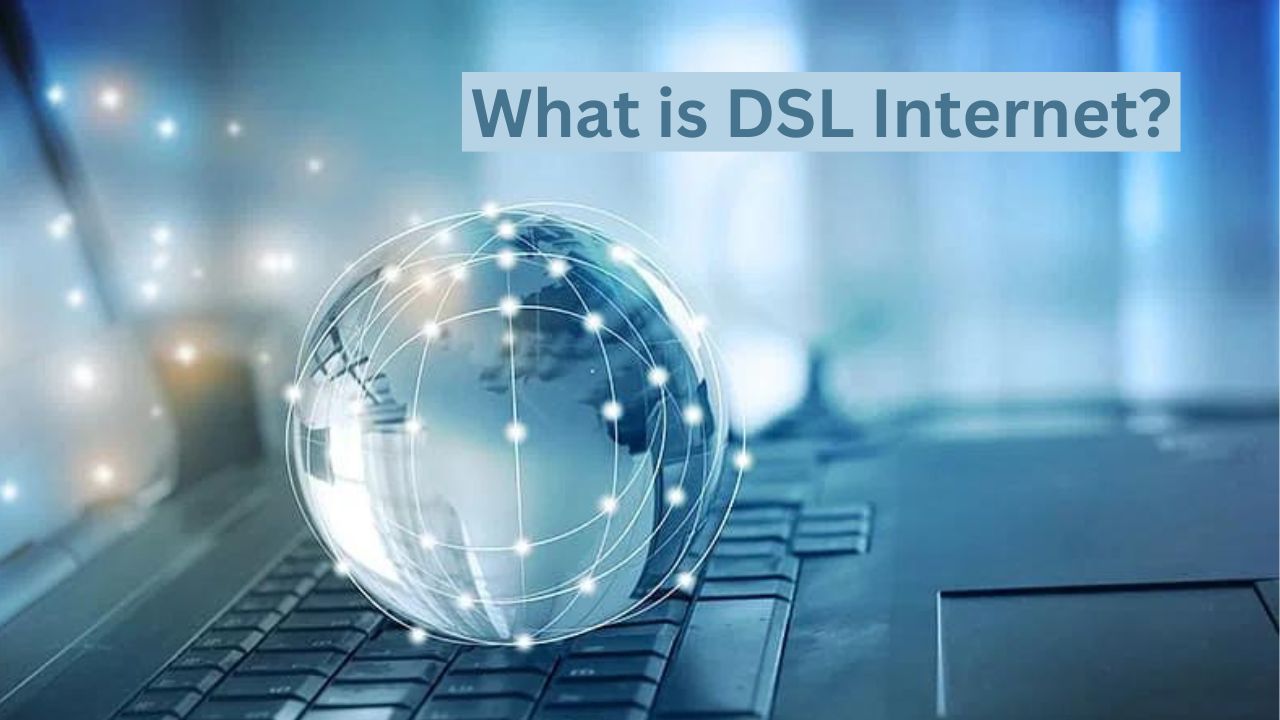What is DSL Internet:- In the vast landscape of modern internet technologies, Digital Subscriber Line (DSL) has emerged as a fundamental and widely adopted method internet connection. As broadband technology, DSL provides a reliable and efficient means of accessing the digital world. In this article, we will delve into the intricacies of DSL internet, understanding its underlying technology, its benefits, and its significance in shaping the way we connect to the web.
Understanding DSL Internet

DSL Internet, or Digital Subscriber Line Internet, is a high-speed internet connection that utilizes existing copper telephone lines to transmit data. Unlike traditional dial-up connection, DSL allows for simultaneous internet access and phone usage, without tying up the phone line. It enables users to access the internet at higher speed than dial-up, making it a popular choice for both residential an small business users.
How DSL Works
The functioning of DSL is based on the fact that copper wires have a much broader bandwidth than what is required for voice communication. DSL technology exploits this extra bandwidth to transmit data packets while simultaneously allowing voice communication to coexist on the same line.
DSL employes a modem, known as a Digital Subscriber Line Multiplexer. Telephone companies switched to broadband services like DSL to provide high-speed Internet connection for the home as demand in narrow band ISDN warned and cable and satellites promised faster Internet connectivity. The billions of dollars’ worth of conventional copper telephone lines that the local telephone companies currently control can be used as the transport medium for digital subscriber lines and other cutting-edge forms of mutliplexing without the need for additional wires inside the house.

Telephone and other telecommunications firms are attempting to transform their current voice-oriented networks that also carry data into more effective data-oriented networks that will also carry voice in order to give their networks a packet-switch orientation.
Types of DSL
Digital Subscriber Line is of different types, There are three types of DSL Internet which are mentioned below:-
- Asymmetric Digital Subscriber Line:- ADSL is the most common and important form of DSL that offers faster download speeds compared to upload speeds. The majority of residential users can use ASDL since they frequently need faster download rates for web browsing, streaming, and content downloading.
- Symmetric Digital Subscriber Line:- For organizations and people who need to transfer significant amounts of data both directions, such as for video conferencing and data backups, SDSL’s equal upload and download speeds make it the best option.
- Very High-Bit Rate Digital Subscriber Line:- Compared to ADSL and SDSL, VDSL, an upgraded version of DSL, offers faster data transmission rates. Demanding applications like 4K video streaming and online gaming benefit the most from it.
Advantages of DSL Internet
The advantages that DSL Internet offers have boosted its appeal, including:

a. High-speed Connectivity: DSL provides faster internet rates than dial-up connections, enabling users to browse the web, stream media, and download files more quickly.
b. Always-on Connection: Unlike dial-up, which requires you to dial in each time you want to access the internet, DSL provides an always-on connection.
c. Phone Calls Aren’t Interrupted: Customers using DSL can make and receive calls while accessing the internet, guaranteeing a continuous connection. Due to the fact that DSL uses the existing telephone infrastructure, it is typically accessible and functional in a wide range of places, including distant ones.
d. Always-on Connection: DSL offers an always-on connection, in contrast to dial-up, which needs you to dial in each time you wish to access the internet.
e. Phone Calls Aren’t Interrupted: Customers using DSL can make and receive calls while accessing the internet, guaranteeing a continuous connection. Due to the fact that DSL uses the existing telephone infrastructure, it is typically accessible and functional in a wide range of places, including distant ones.
Conclusion
DSL Internet, with its ability to decode the Digital Subscriber Line technology, has revolutionized how we access the internet. It has provided countless users with high-speed connectivity, opening up a world of opportunities in communication, education, business, and entertainment.
As technology continues to advance, DSL Internet remains a crucial and dependable part of the internet ecosystem. Its adaptability to different user needs and its accessibility in diverse locations make it a significant player in shaping the internet landscape for years to come. So, the next time you connect to the internet through DSL, remember the underlying technology that allows you to unlock the endless possibilities of the digital world.
Thanks for visiting Solving Dad!
